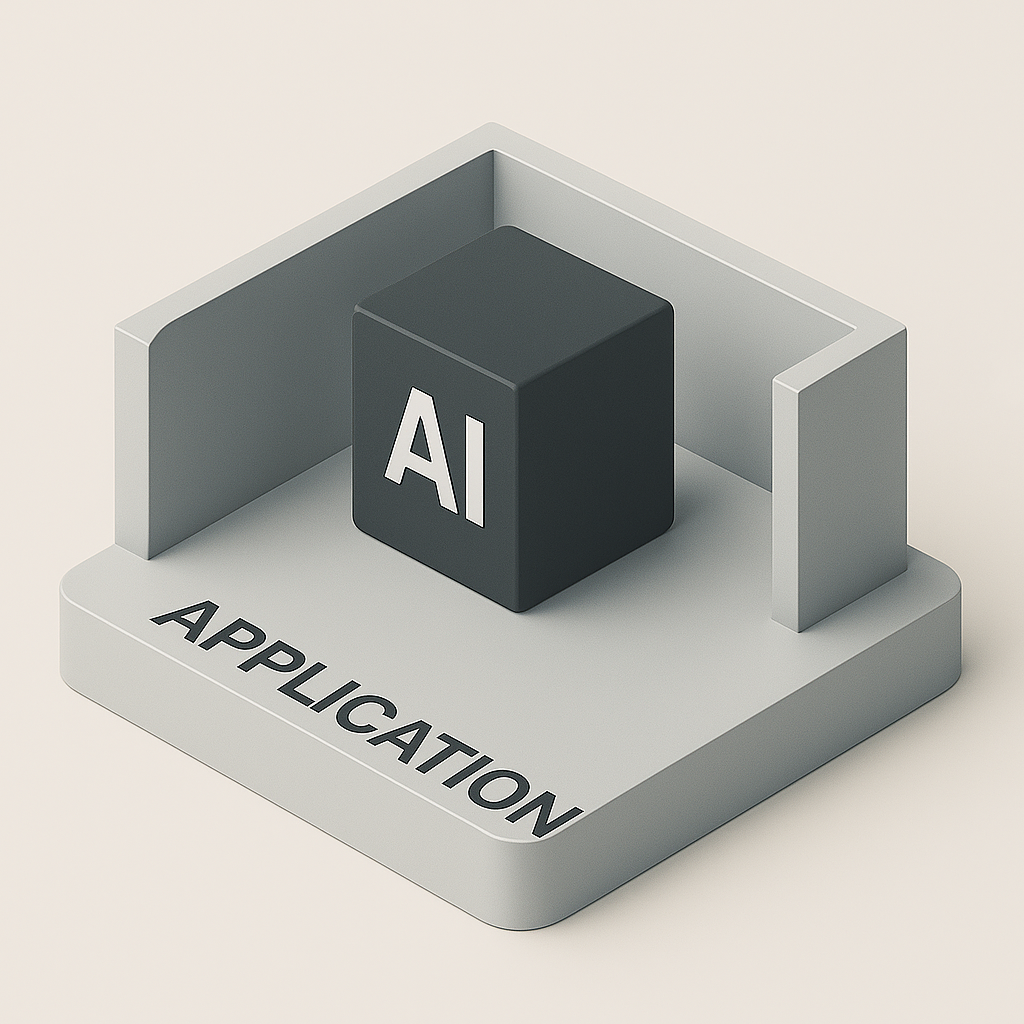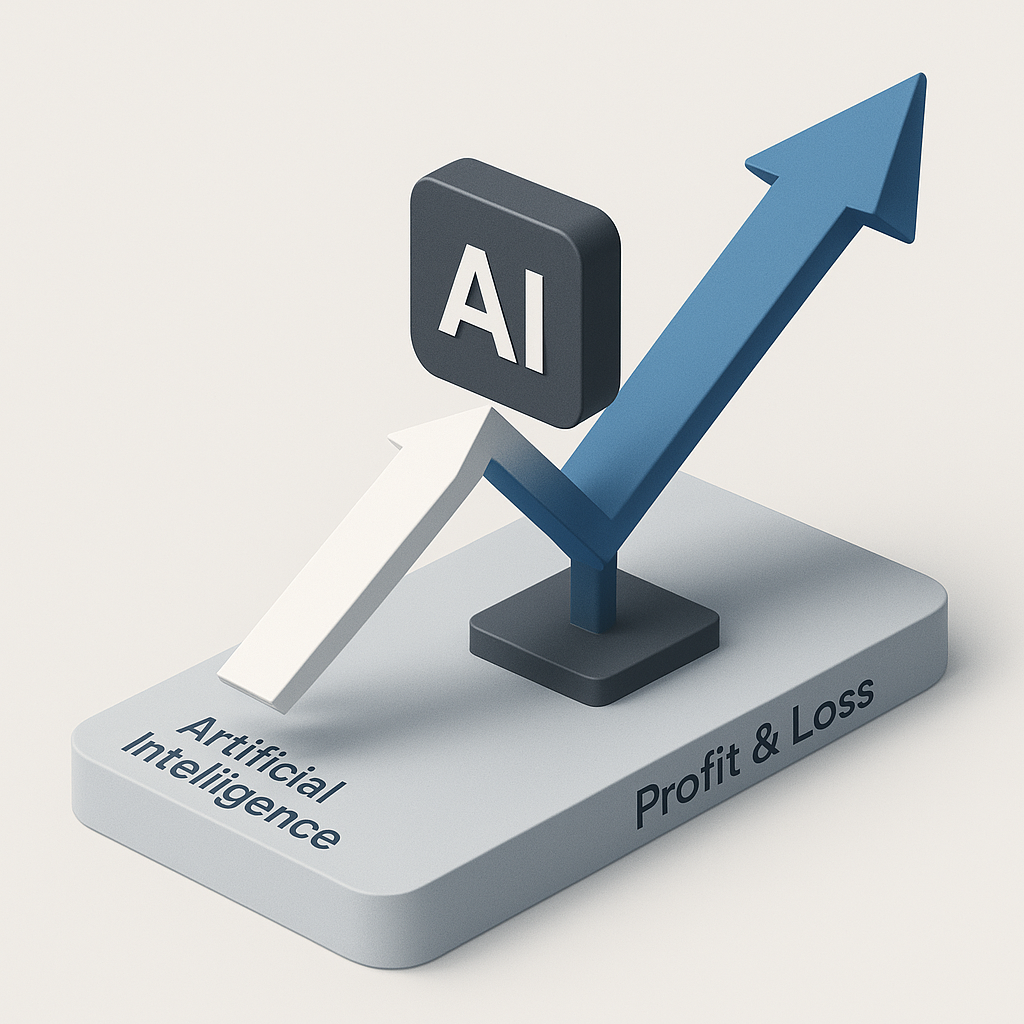
For decades, enterprises have depended on mainframe systems to run their critical operations. While these systems are known for their reliability and robustness, they come with significant challenges, especially in today's fast-paced technological landscape. High operational costs, limited scalability, and difficulties in integrating with modern technologies are just a few of the hurdles organizations face. However, the advent of Kubernetes and AI offers a promising pathway to modernize these legacy workloads without the need for complete rewrites.
One of the primary concerns with mainframe systems is the high operational cost. Maintaining proprietary hardware and software requires substantial financial investment, not to mention the specialized personnel needed to manage these systems. As businesses grow and evolve, the limited scalability of mainframes becomes a bottleneck, often necessitating significant hardware upgrades to meet increasing demands. Furthermore, in an era where integration with cloud-native services and AI-driven processes is crucial, mainframes pose integration challenges that can hinder innovation and agility.
Transitioning to a Kubernetes-based architecture provides a solution to these challenges. By containerizing legacy applications, organizations can achieve better resource management, enhanced scalability, and seamless integration capabilities. Integrating AI into this ecosystem further amplifies benefits, enabling advanced data processing, automated decision-making, and deeper operational insights.

Financially, the shift from mainframes to Kubernetes and AI can lead to significant cost savings. Moving away from expensive proprietary hardware to scalable, cloud-based solutions reduces both capital expenditures and ongoing operational costs.

To facilitate this modernization, deploying an Amazon Elastic Kubernetes Service (EKS) cluster using Terraform provides a scalable and manageable infrastructure.
Prerequisites:
- AWS Account
- Terraform installed
- AWS CLI configured
Terraform Configuration:
Below is a sample Terraform script to deploy an EKS cluster:
provider "aws" {
region = "us-east-1"
}
resource "aws_eks_cluster" "example" {
name = "example-cluster"
role_arn = aws_iam_role.example.arn
vpc_config {
subnet_ids = [aws_subnet.example1.id, aws_subnet.example2.id]
}
}
resource "aws_iam_role" "example" {
name = "example-role"
assume_role_policy = jsonencode({
Version = "2012-10-17",
Statement = [
{
Action = "sts:AssumeRole",
Effect = "Allow",
Principal = {
Service = "eks.amazonaws.com"
},
},
],
})
}
resource "aws_subnet" "example1" {
vpc_id = aws_vpc.example.id
cidr_block = "10.0.1.0/24"
availability_zone = "us-east-1a"
}
resource "aws_subnet" "example2" {
vpc_id = aws_vpc.example.id
cidr_block = "10.0.2.0/24"
availability_zone = "us-east-1b"
}
resource "aws_vpc" "example" {
cidr_block = "10.0.0.0/16"
}
This script sets up an EKS cluster with the necessary IAM roles, VPC, and subnets. For a comprehensive guide, refer to the EKS Data Processing Pipeline.
In conclusion, transitioning from mainframe systems to a Kubernetes and AI-powered architecture offers enterprises enhanced scalability, reduced costs, and improved integration capabilities. By leveraging tools like Terraform for infrastructure as code, organizations can streamline this transformation, ensuring a future-ready IT landscape.

,-is-inte.webp)

